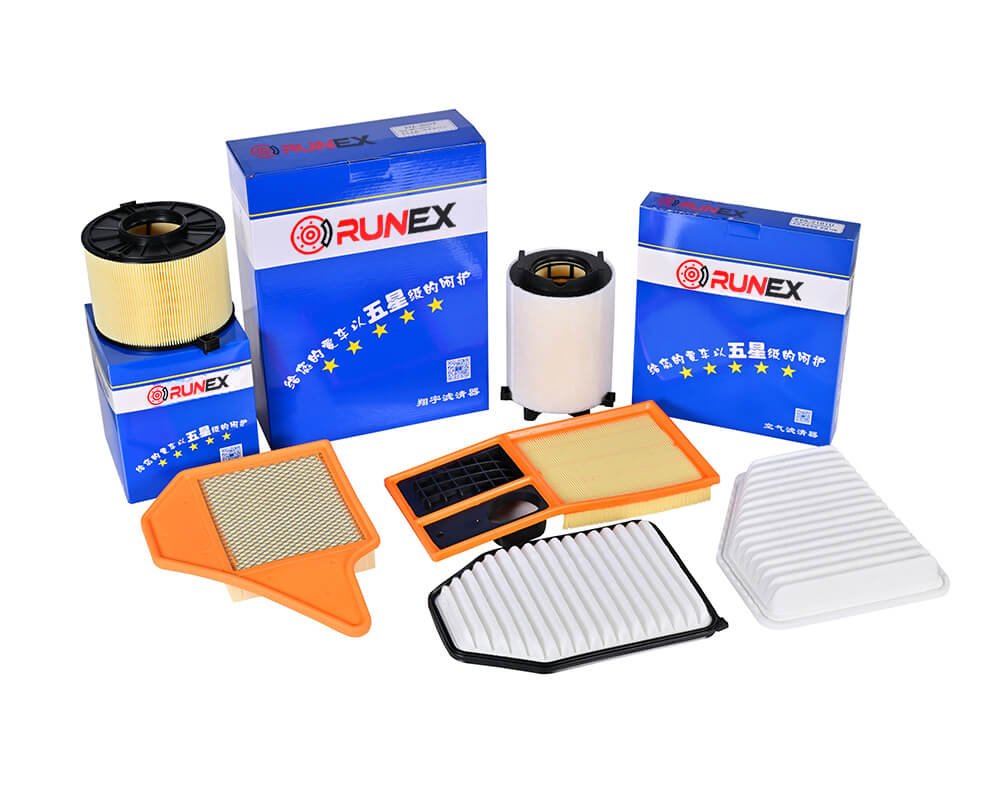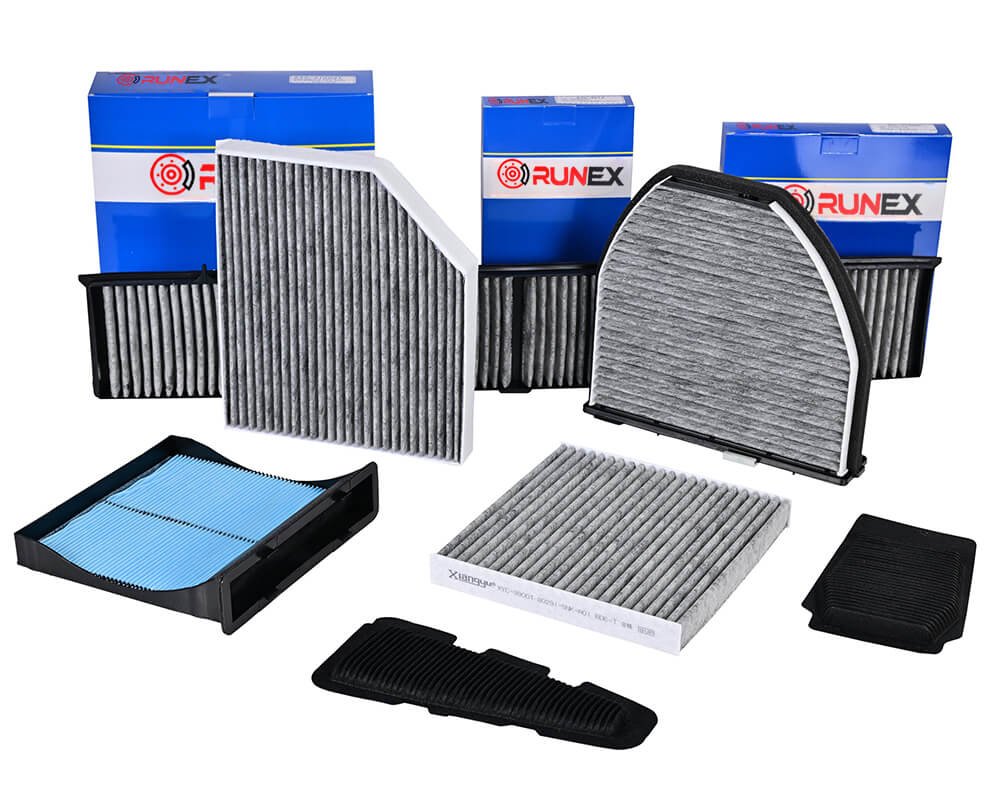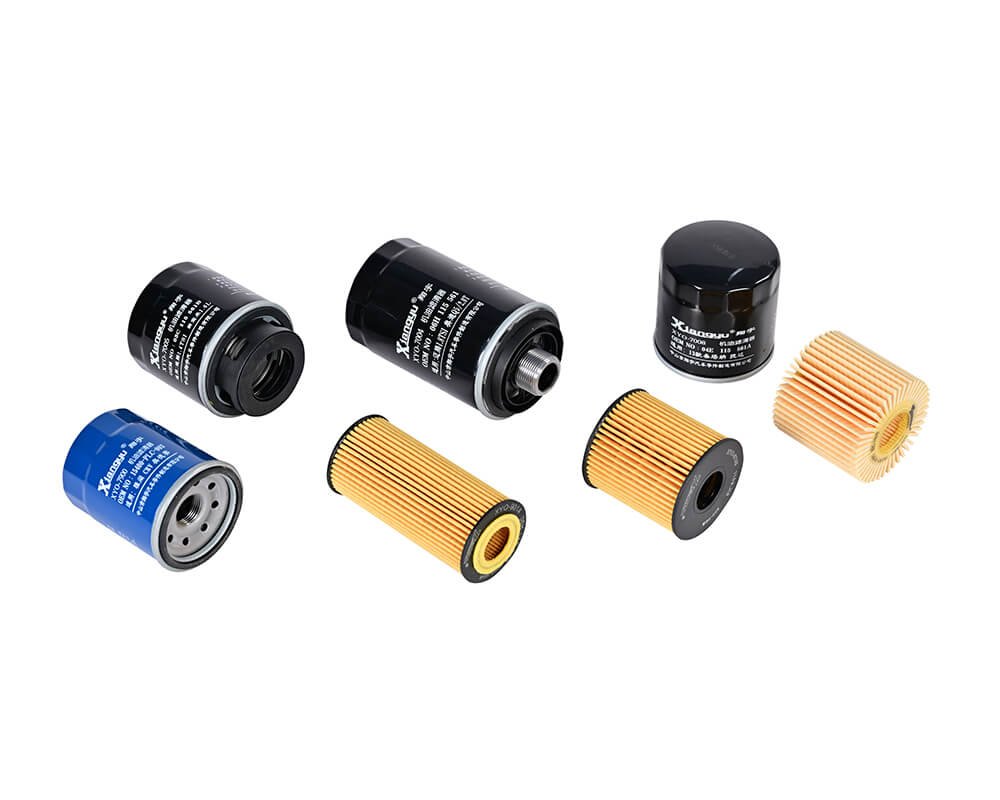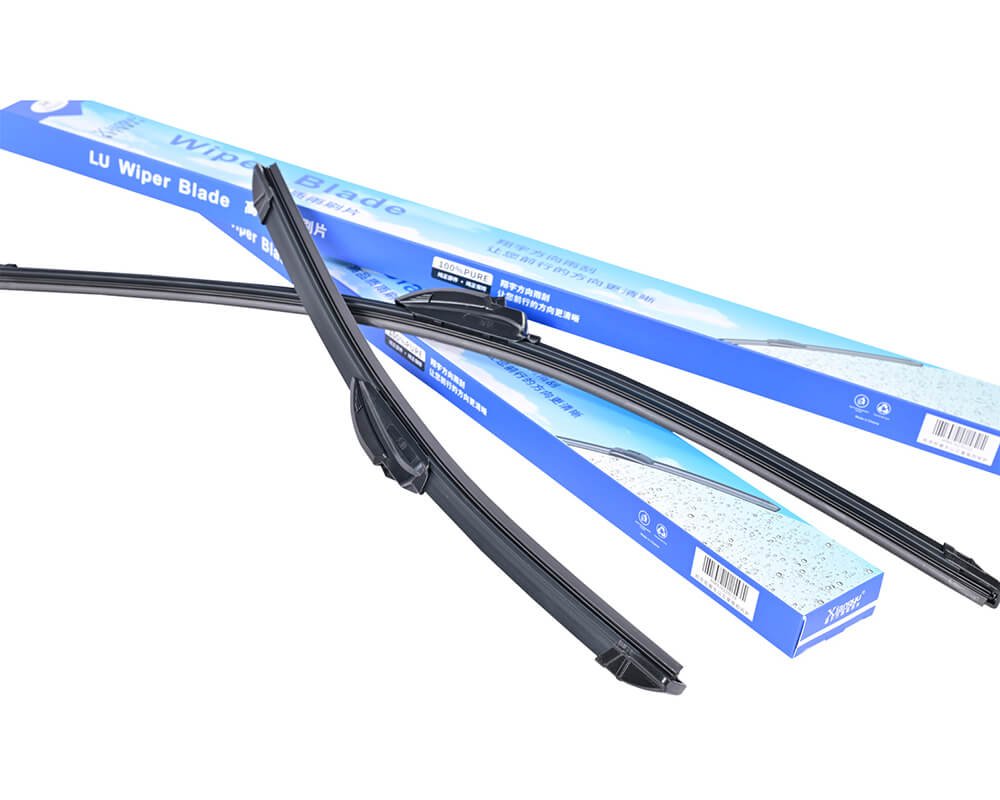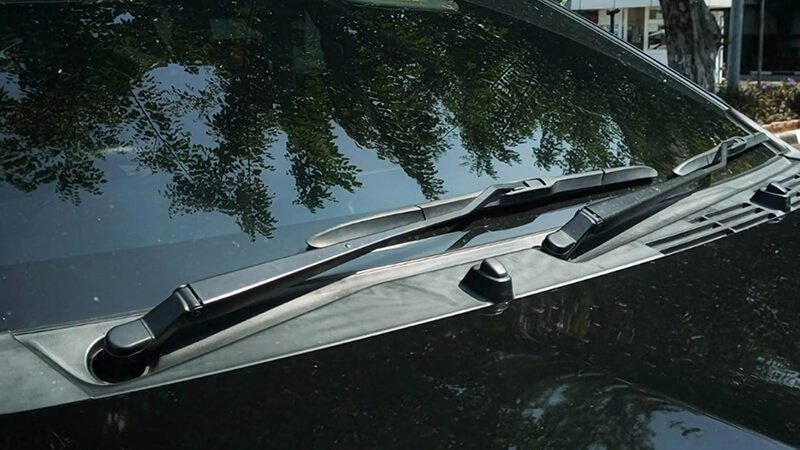When I tear down failed engines, the root cause is often microscopic—abrasive dust that cuts bearings like glass shards. That is the problem. If I let those particles float, friction climbs and metal erodes fast. The solution is a filter that traps dirt long before the crank feels it.
Yes—an oil filter keeps the engine clean by forcing every drop through high‑efficiency media that captures soot, silica, and metal wear as small as 10 µm, so lubrication film stays stable.
Most drivers nod at that answer but wonder how it works and why it matters. Let us dig deeper through four key questions I answer every week at Runex Auto.
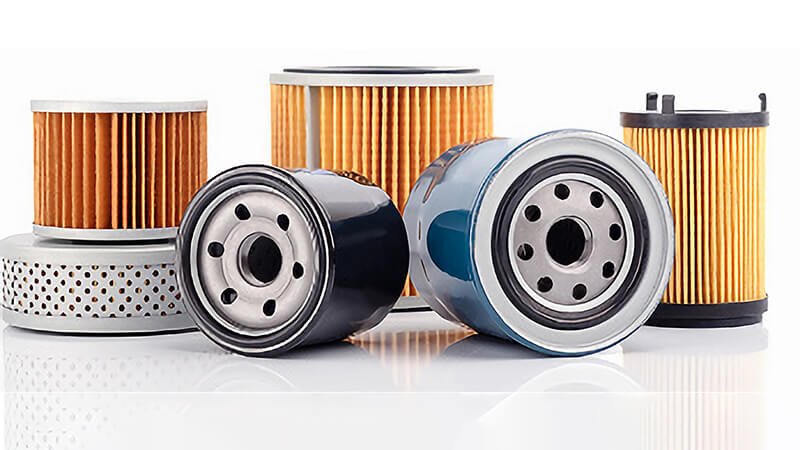
Does an oil filter remove dirt?
Tiny dust grains mean big repair bills. I have seen fleets scrap engines at 200 000 km only because grit carved bearings. The real story is harsh: particles enter from blow‑by gases, worn seals, or new parts wearing in. They float until a filter grabs them—or they score metal. That is why I never rely on “oil alone.”
An oil filter removes dirt by channeling oil through a dense maze of fibers. The fibers trap particles by interception, diffusion, and inertial impaction while letting oil flow with low resistance. Modern cellulose‑synthetic blends push capture efficiency above 98 % at the 20 µm wear band, which covers most engine‑killing fragments.
Filtration science in plain words
- Interception – fibers snag particles moving with the oil stream.
- Diffusion1 – Brownian motion bumps tiny soot into fibers.
- Inertial impaction – heavier metal flakes cannot follow sharp turns in the maze and embed in the media.
Media types and efficiency
| Media type | Typical fiber | Efficiency @20 µm (β₍₂₀₎) | Dirt holding capacity | ΔP rise rate |
|---|---|---|---|---|
| Cellulose paper | Wood pulp | β₍₂₀₎ ≈ 25 (96 %) | Medium | Moderate |
| Synthetic glass | Fine glass | β₍₂₀₎ ≥ 200 (99.5 %) | High | Low |
| Blended (Runex Auto) | 65 % cellulose / 35 % glass | β₍₂₀₎ ≥ 150 (99.3 %) | Very high | Very low |
My field note: A taxi fleet in Leeds ran budget cellulose filters. Iron in oil tested at 68 ppm after 10 000 km. We switched to Runex blended media2. Next sample hit 24 ppm—an iron drop of 65 %. Engines idled smoother, drivers noticed.
Test standards that matter
- ISO 168893: Multi‑pass beta ratio test—measures efficiency and capacity.
- ISO 4548‑12: Collapse resistance—assures the core will not fold when ΔP spikes.
I always request both reports before approving any filter for our catalog.

What happens if I don't change my oil filter?
Filters are not immortal. They load up, pressure rises, and the bypass valve opens. Once that valve lifts, unfiltered oil streams through. Bearings get raw grit, sludge forms hot spots, and soon a faint tick grows into a rod knock.
If you skip filter changes, oil thickens with soot, sealing rings lose tension, and fuel economy drops. At the same time the pump wastes energy pushing through sludge. I can simulate the timeline:
Failure timeline when a filter is overdue
| Mileage after recommended change | Condition inside filter | Visible symptom | Long‑term damage |
|---|---|---|---|
| +2 000 km | 60 % media blocked | Slight oil darkening | Early varnish |
| +4 000 km | ΔP near bypass limit | Oil pressure light flickers | Cam lobe scuffing |
| +6 000 km | Bypass valve cycling | Tapping at cold start | Bearing micro‑pits |
| +8 000 km | Constant bypass | Knocking under load | Rod bearing spin |
| +10 000 km | Media collapse risk | Oil burning smell | Crank journal scoring |
Chemical chain reaction
- Fuel dilution4 thins oil when rings leak.
- Thin oil oxidizes faster, forming acids.
- Acids attack additive pack5, cutting TBN.
- Low TBN allows sludge6 to polymerize.
- Sludge blocks galleries, starving lifters.
Case study: A courier firm pushed 25 000 km on light vans to “save costs.” At 18 000 km iron and silicon spiked. They ignored the data. Month ten, three engines spun bearings—US $12 000 lost. After adopting 12 000 km filter swaps, failures dropped to zero.
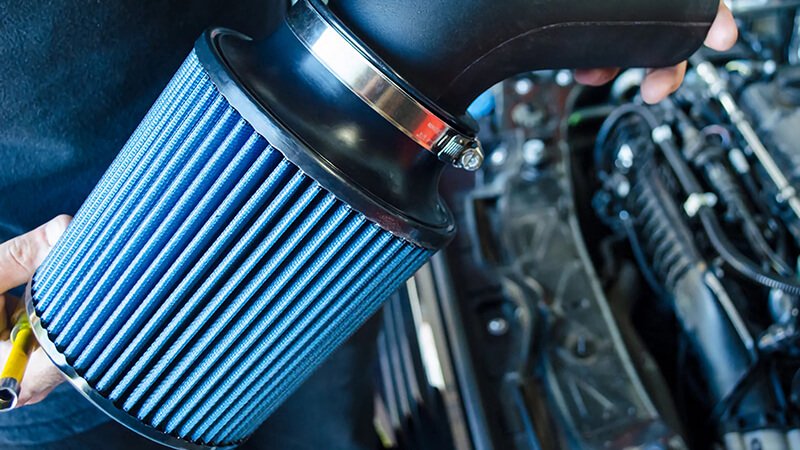
Can a bad oil filter cause engine damage?
Many blame the oil brand. Yet I have opened seized engines where only the filter failed. A “bad” filter may use thin cans, weak cores, brittle glue or porous gaskets. When it bursts, pressure vanishes and metal rubs metal in seconds.
Yes, a bad oil filter can destroy an engine. It can leak, collapse, or pass unfiltered oil. Bearings, turbo shafts, and cam lobes suffer first because they rely on a firm, clean oil wedge.
Component sensitivity to dirt
| Component | Oil film thickness7 | Particle size that can break film | Time to show damage |
|---|---|---|---|
| Main bearings | 12 µm | ≥ 10 µm | 1 000 km |
| Piston rings | 4 µm | ≥ 3 µm | 500 km |
| Turbocharger journal | 2 µm | ≥ 2 µm | Minutes under boost |
| Hydraulic lifter | 1 µm | ≥ 1 µm | Hours at idle |
Common failure modes
| Mode | Root cause | Preventive spec we enforce at Runex Auto8 |
|---|---|---|
| Canister rupture | 0.4 mm low‑carbon steel, weak seam | 0.8 mm high‑tensile can, double‑rolled lock‑seam, burst > 200 psi |
| Media collapse | No metal core, glue bond weak | Perforated steel core, spiral lock, ISO 4548‑12 collapse 10 bar |
| Gasket blow‑out | Cheap nitrile, no anti‑extrusion lip | Fluoro‑elastomer, molded bead, ‑40 °C to 200 °C |
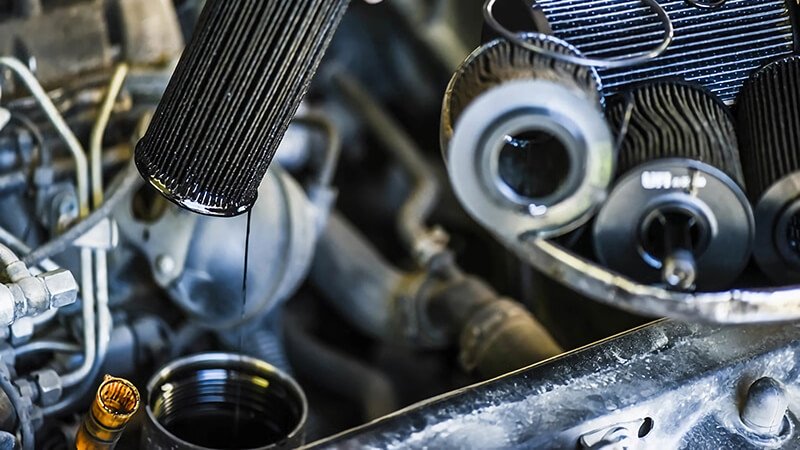
How often should engine oil filter be changed?
Drivers beg me for a single number. The truth shifts with duty cycle, oil quality, environment, and engine design. I let lab data speak, but I also give a starting rule: change the oil filter with every oil change, and base that interval on the shorter of OEM miles or six months.
I change my own daily driver’s filter every 10 000 km or six months. For severe duty I cut that to 7 500 km or 250 hours. Oil analysis can stretch intervals safely if wear metals stay flat and TBN remains 50 % above condemning limit.
Interval guide by duty cycle
| Duty cycle | Typical vehicle | Recommended km | Recommended hours | Notes |
|---|---|---|---|---|
| Normal service | Commuter car, freeway | 10 000 km | — | Full‑synthetic oil9 |
| Severe city | Taxi, delivery van | 7 500 km | 250 h | High idle, short trips |
| Heavy haul | Tractor‑trailer | 25 000 km | 500 h | Use lab trending |
| Off‑road dusty | Construction loader | 5 000 km | 150 h | Upgrade to β₍₁₂₎ ≥ 100 filter |
| Motorsport | Track day car | 3 000 km | — | Change after each event |
Oil analysis checkpoints
| Parameter | Alarm level | Why it matters | My action |
|---|---|---|---|
| Iron | > 50 ppm | Wear debris10 | Shorten interval |
| Silicon | > 30 ppm | Dirt ingress | Inspect intake |
| Viscosity change | ±15 % | Fuel or shear | Check rings, oil grade |
| TBN | < 2 mg KOH/g | Additive depleted | Drain and refill |
How I set a data‑driven interval: I pull oil at 5 000 km, 10 000 km, 15 000 km. We plot iron, aluminum, and TBN. If iron rises > 1 ppm/1 000 km we tighten the schedule. One coach company saved £14 000 yearly by stretching from 8 000 km to 12 000 km—after we proved wear was flat with a Runex extended‑life filter11.
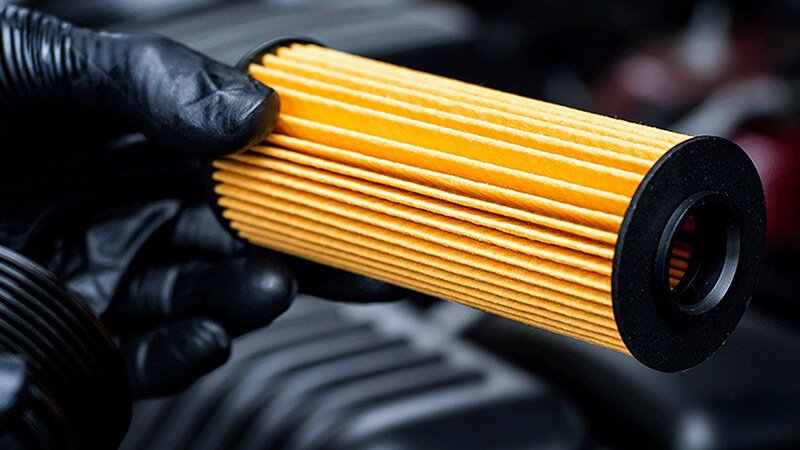
Conclusion
Clean oil is no accident. It demands three simple habits: pick a filter12 built to trap fine grit, swap it before bypass opens, and shy away from bargain cans that crumble under pressure. I have watched fleets flush cash when they ignored those steps. Spend a few extra pounds on a Runex Auto high‑efficiency filter and an on‑time change, and the engine will reward you with smooth, quiet miles and lower lifetime cost. That is promoting quality and delivering confidence—exactly our brand promise.
-
Understanding diffusion helps in grasping how tiny particles interact with filter media, enhancing filtration efficiency. ↩
-
Discovering the advantages of Runex blended media can inform better choices for filtration solutions, improving performance and longevity. ↩
-
Exploring ISO 16889 reveals essential testing standards that ensure filter efficiency and reliability, crucial for quality assurance. ↩
-
Understanding fuel dilution can help you prevent engine damage and maintain optimal performance. ↩
-
Learn about the role of the additive pack in engine oil to ensure your vehicle runs smoothly and efficiently. ↩
-
Preventing sludge formation is crucial for engine longevity; explore effective strategies to keep your oil clean. ↩
-
Understanding oil film thickness is crucial for maintaining engine health and preventing wear. Explore this link to learn more. ↩
-
Discover the preventive specifications that can enhance the durability and reliability of automotive components, ensuring optimal performance. ↩
-
Explore the advantages of full-synthetic oil for better engine performance and longevity. ↩
-
Understanding wear debris can help you maintain your vehicle's health and prevent costly repairs. ↩
-
Learn about the Runex filter to enhance your vehicle's oil life and reduce maintenance costs. ↩
-
Know all types of auto oil filter from Runex, clicking this link to get your best prodcuts and price. ↩



